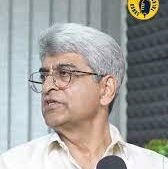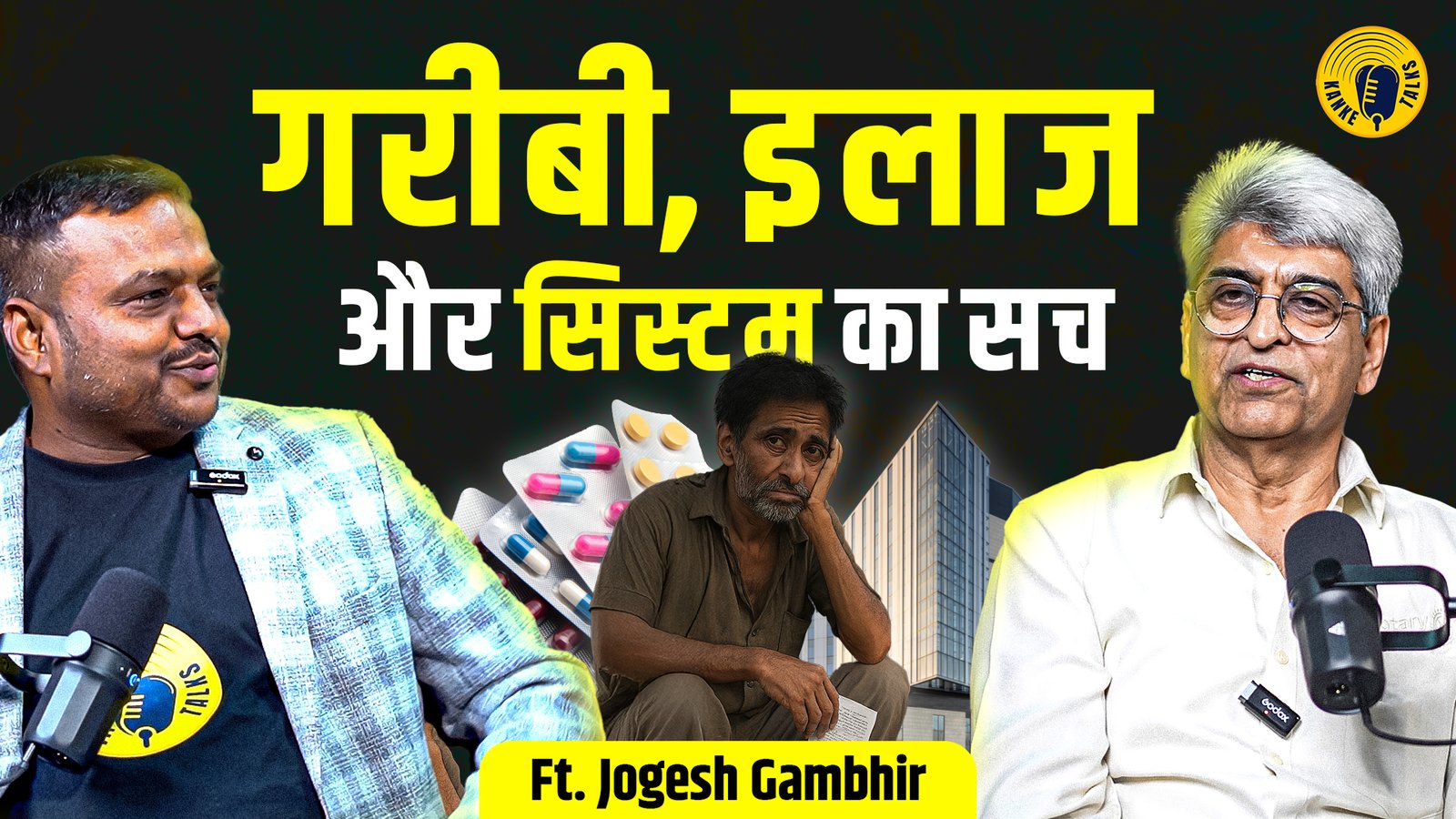In the late 1980s, when most engineers in India aspired to go abroad or work for large corporations, a young mechanical engineer named Jogesh Gambhir found himself standing in the heart of Ranchi — a city far from the glitz of metropolitan dreams, but soon to become the center of his life’s most meaningful work.
He hadn’t planned to build a hospital. In fact, Jogesh came to Ranchi as part of an engineering project, frequently visiting power stations in the region. Slowly, the place grew on him. What started as short business visits turned into deep reflection, especially after his daughter was born there.
“I saw firsthand the lack of good medical infrastructure,” he recalls. “Coming from Delhi, where my first child was born, the contrast was stark. I realized I couldn’t ignore it.” That moment sparked a vision.

A Hospital Born from a Personal Mission
What began as a real estate development project evolved into Raj Hospital, one of Ranchi’s most respected medical institutions. “I never intended to run the hospital myself,” Jogesh admits. “I was building it for others to manage. But fate had other plans.” Challenges came fast. People assumed “Raj Hospital” was a government-run, free-for-all hospital simply because it sounded public. Patients would walk in expecting free treatment — unaware that Jogesh had not accepted a single rupee of donation. Everything had to be sustained by patient fees, and every service had to be cost-effective, reliable, and ethical. “It was like being thrown into the middle of the ocean,” Jogesh says. “Either I drowned, or I learned how to swim.”
No White Coat, Just Heart
Here was the twist: Jogesh wasn’t a doctor. And in a system traditionally dominated by medical professionals, many questioned how a non-doctor could run a hospital. But that turned out to be his strength. Doctors who might clash with other doctors found in Jogesh a neutral, practical, and trustworthy leader. “I became the anchor,” he explains. “When egos clashed, I mediated. I never had any professional rivalry with the doctors because I wasn’t trying to be one.” This unique position helped build a hospital culture of respect and teamwork, something Jogesh insists is missing from today’s increasingly corporate hospital environments.
More Than a Building, A Revolution
In a region where people still feared going to hospitals — due to costs, misinformation, or just habit — Raj Hospital became a symbol of change. Patients in Jharkhand would often delay treatment or rely on pharmacists and quack doctors for first aid, only turning to hospitals when things worsened. Jogesh understood this psychology. “It’s not just about infrastructure, it’s about trust,” he says. “People don’t want to admit they’re sick. They want quick fixes. And they’re scared of big hospital bills.” To address this, he prioritized transparency, affordability, and ethical medical practice. His hospital implemented internal audits, minimized unnecessary tests, and used only high-quality yet affordable medicine.
The Golden Hour and a Helipad
When Naxalite attacks were a real threat in Jharkhand, Jogesh took an extraordinary step: he built a helipad on the hospital roof. Why? “It’s the golden hour that saves lives,” he says. “If it takes a chopper 30 minutes to pick someone up and another hour to reach the hospital, we’ve lost precious time. I wanted to eliminate that final delay. With the helipad, we can begin treatment within minutes.”
Ethics Before Everything
Jogesh is deeply aware of the negative image hospitals sometimes carry — stories of inflated bills, unnecessary surgeries, and aggressive treatment. But he counters this with facts and clarity. “People forget, we follow strict protocols,” he says. “No doctor wants to keep a patient on a ventilator unless it’s absolutely necessary. And yet, there have been cases where a patient declared clinically dead survived on ventilator support — and lived another ten years!” Still, he acknowledges the need for balance. “Doctors are humans too. Some come with ₹1 crore in education loans. Expecting them to work for ₹10,000 is not practical. But ethics must always guide the system.”
The Larger Healthcare Debate
When asked about government hospitals, Jogesh doesn’t mince words. “Government hospitals have brilliant minds — IAS officers, top administrators — but they’re tangled in a web of inefficiencies.” He advocates for a hybrid model: public-private partnerships, especially in tier-2 and tier-3 towns. “We don’t need more AIIMS in Delhi. We need mini Raj Hospitals in Garhwa, Daltonganj, and Dumka.” His vision includes training local quack doctors and connecting them via digital telemedicine networks, so even remote areas get access to certified care.
Advice to Youth & The Dreamers
As someone who pivoted from engineering to healthcare — not for profit, but purpose — Jogesh has heartfelt advice for young people: “Whatever dream you started life with, complete it. Stick to ethics. And never take your current situation for granted. Use every moment to improve.” He also reminds youth to build teams early. “If I had four people like me 20 years ago, our hospital would’ve been four times bigger today.”
Recognition, Reflection, and Legacy
Despite his achievements, Jogesh shrugs off awards and accolades. “I’ve never desired the Padma award,” he says. “I measure success by the lives we save, not medals.” He recalls how his father, once doubtful about his hospital venture, beamed with pride when a fellow passenger told him, “Raj Hospital saved my life.” That moment, more than any award, filled Jogesh’s heart.
A Final Note
Today, Jogesh Gambhir stands as a rare example of what happens when business, compassion, and community come together. In an age of corporate healthcare, Raj Hospital remains a beating heart of hope for Jharkhand — all because one engineer chose not just to build a building, but to build a legacy.

No responses yet